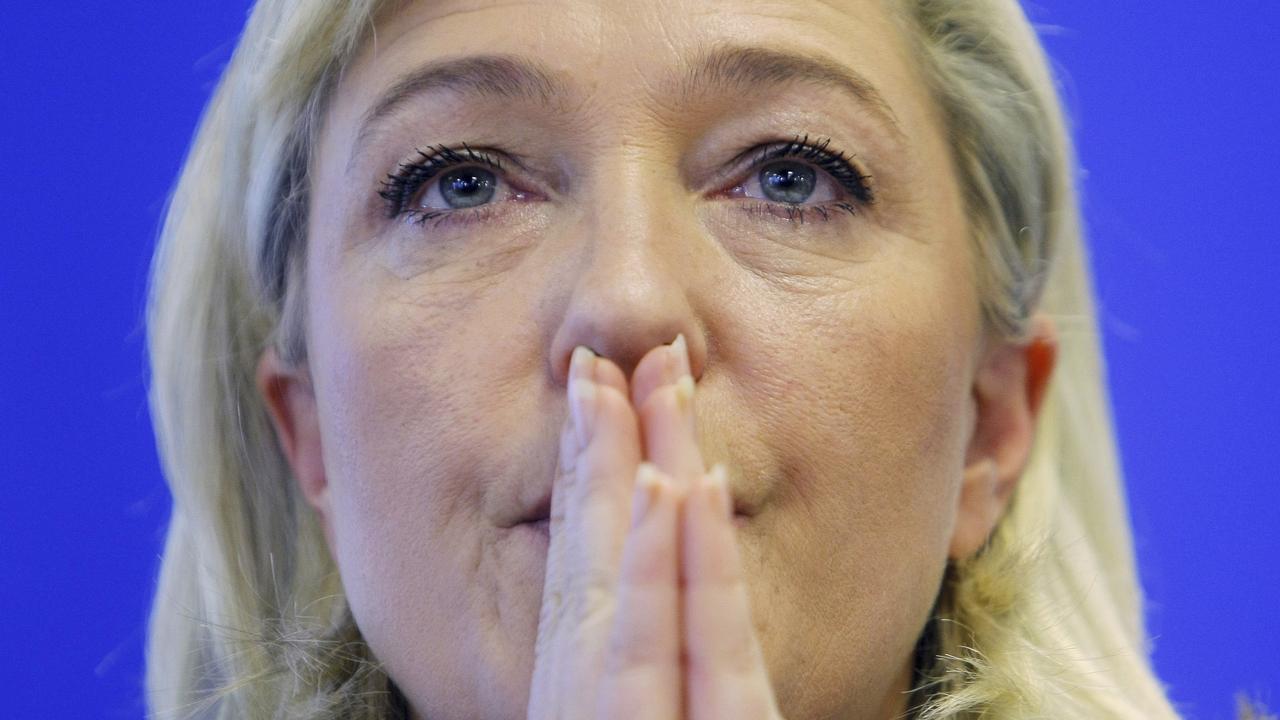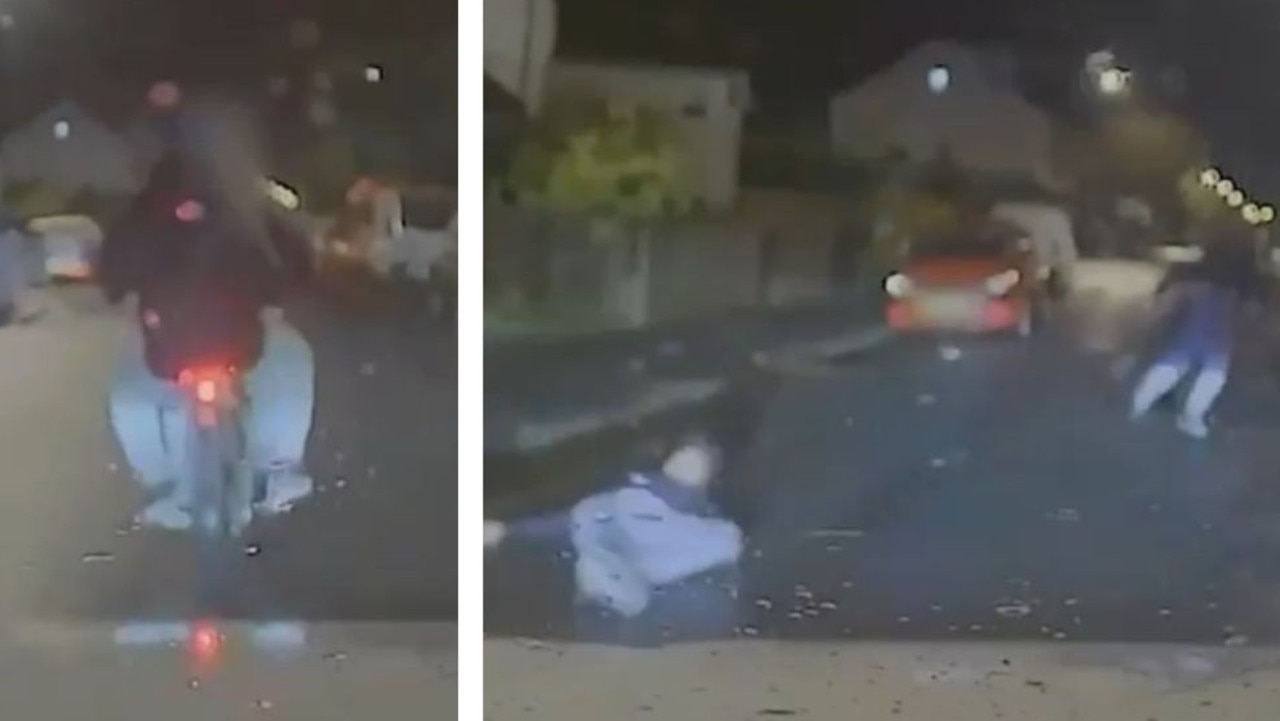Putin makes new threat after massive aerial attack on Ukraine’s energy sector
Russia’s army has launched a massive attack, which has forced emergency power outages as temperatures dropped to freezing across the country.
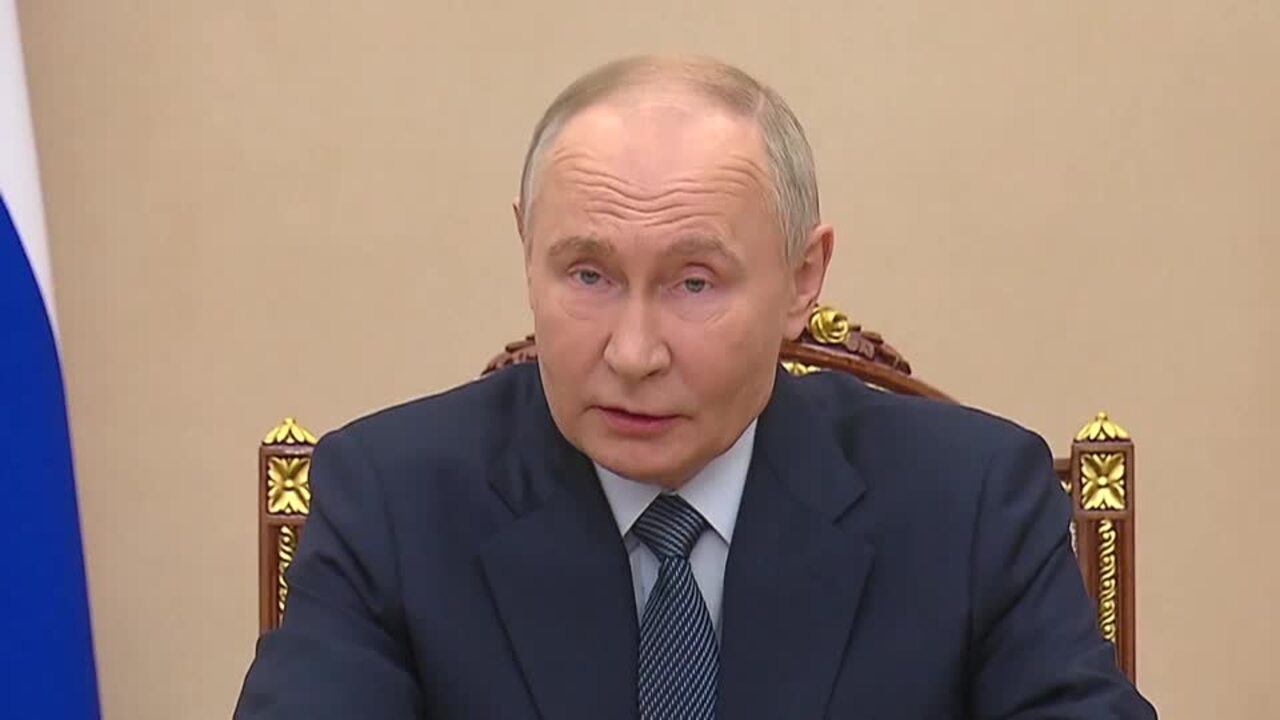
President Vladimir Putin said Thursday that a massive air attack against Ukraine was Moscow’s “response” to Ukrainian strikes on Russian territory with Western missiles.
Putin has previously railed at Ukraine’s allies granting permission for Kyiv to use Western-supplied weapons to strike targets on Russian territory, warning of retaliation.
“We carried out a comprehensive strike,” Putin told allies during a Kazakhstan visit several hours after the attack.
“It was a response to continued attacks on our territory by (US) ATACMS missiles,” he said in the televised remarks.
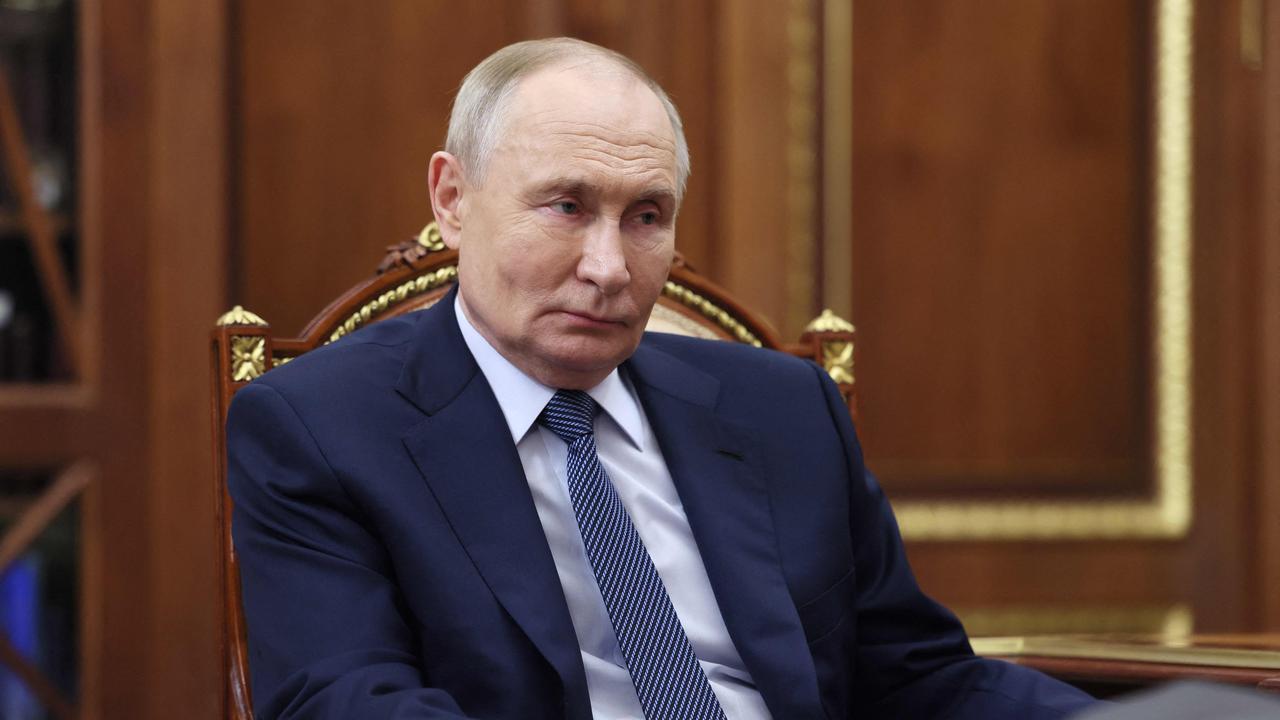
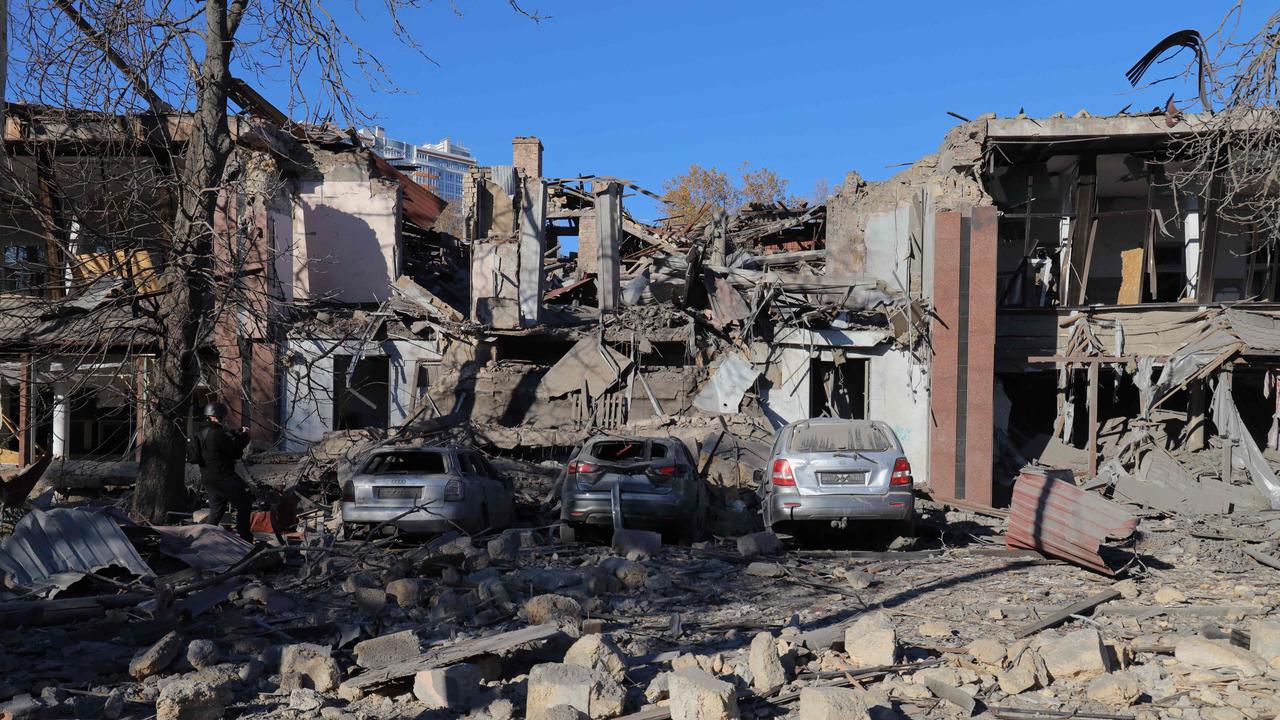
Putin said Russia launched more than 90 missiles and 100 drones, saying that 117 targets had been hit -- the type of detail that the president rarely gives.
More than one million people were without power in freezing temperatures in Ukraine after the attack.
Putin claimed Russia knew how many long-range weapons were given to Kyiv and “where they are”.
He said Russia was “forced to test” its new Oreshnik ballistic missile on Ukraine last week, in a move that shocked Kyiv and the West, threatening more such “testing” strikes.
Putin said Russian armed forces were choosing targets to hit in Ukraine, including “decision-making centres in Kyiv”.
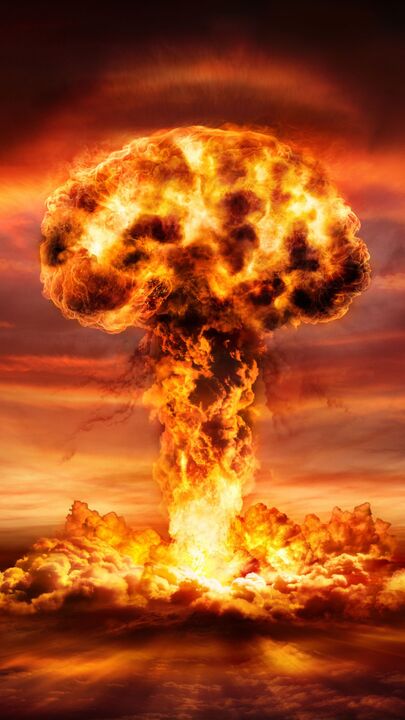
He said Kyiv had tried to strike “buildings of state importance in Saint Petersburg and Moscow” throughout the conflict.
The Kremlin chief boasted that the Oreshnik could turn anything it hit “into dust” and that several of the weapons fired together would be “comparable to a nuclear strike”.
He claimed the Oreshnik could travel “around three kilometres per second” and that its attacking elements reach a temperature almost “like the surface of the Sun”.
“If there are more strikes on Russian territory using Western long-range missiles... we will be responding, including with possible continued testing of Oreshniks in combat conditions,” Putin said.
Missile stockpiles
President Volodymyr Zelensky’s chief of staff said the wave of attacks showed Russia was “continuing their tactics of terror.”
“They stockpiled missiles for attacks on Ukrainian infrastructure, for warfare against civilians during … winter,” Andriy Yermak said in a post on Telegram and pledged that Ukraine would respond.
A senior UN official, Rosemary DiCarlo, this month warned Russian strikes on Ukraine’s energy infrastructure may make this winter the “harshest since the start of the war”.
Russia earlier this week said it was preparing its own retaliation for Ukrainian strikes on its territory using US-supplied ATACMS missiles.
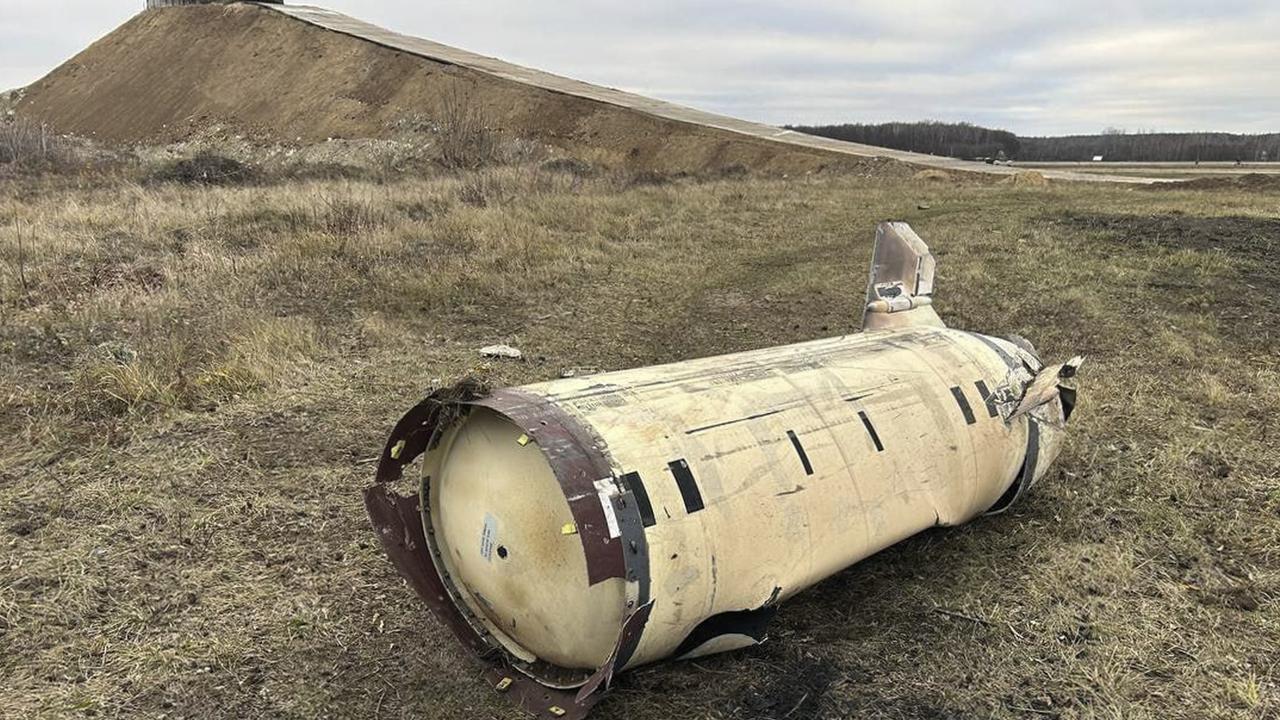
Ukraine has launched at least three attacks on Russian border regions with the missiles since the White House gave it permission to fire them on Russian territory.
Moscow responded to the first strike by firing a never-before-seen hypersonic ballistic missile at the Ukrainian city of Dnipro.
In an angry address to the nation, Russian President Vladimir Putin previously warned the nuclear-capable missile could be used against Western countries if they let Ukraine use their arms to hit Russia.
New US envoy
The latest missile salvo comes a day after US president-elect Trump named staunch loyalist and retired general Keith Kellogg as his Ukraine envoy, charged with ending the Russian invasion.
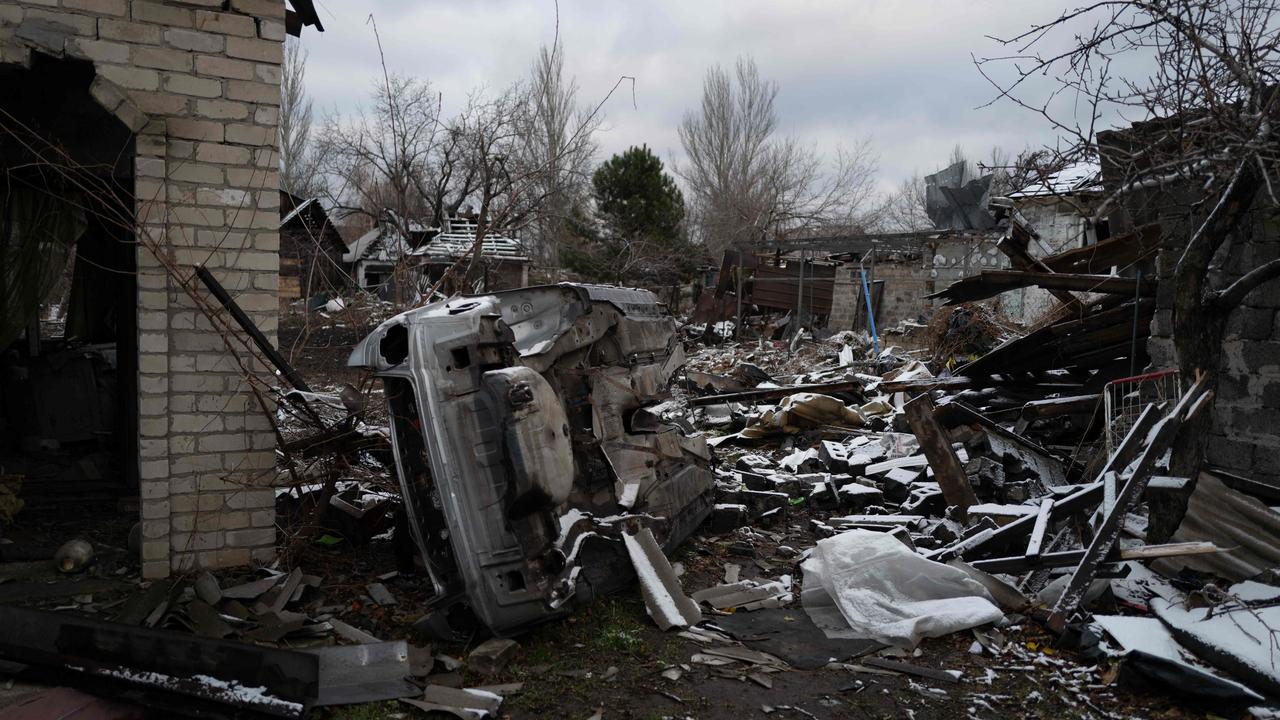
Trump campaigned on a platform of securing a swift end to the Ukraine war, boasting that he would quickly mediate a ceasefire deal – comments that have triggered concern in Kyiv that the US could push it to cede land.
Kellog, an 80-year-old national security veteran, co-authored a paper this year calling for Washington to leverage military aid as a means of pushing for peace talks.
The outgoing Joe Biden administration has urged Ukraine to drop the minimum age of conscription to 18 to plug severe manpower shortages across the 1,000-kilometre front line.
Russian troops have been advancing in the east for months, where they have a manpower and ammunition advantage over Ukraine’s stretched forces.



